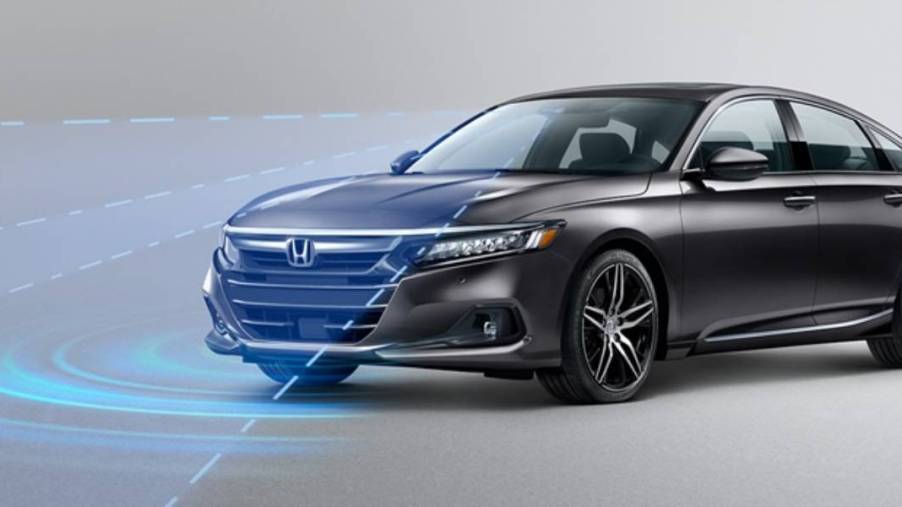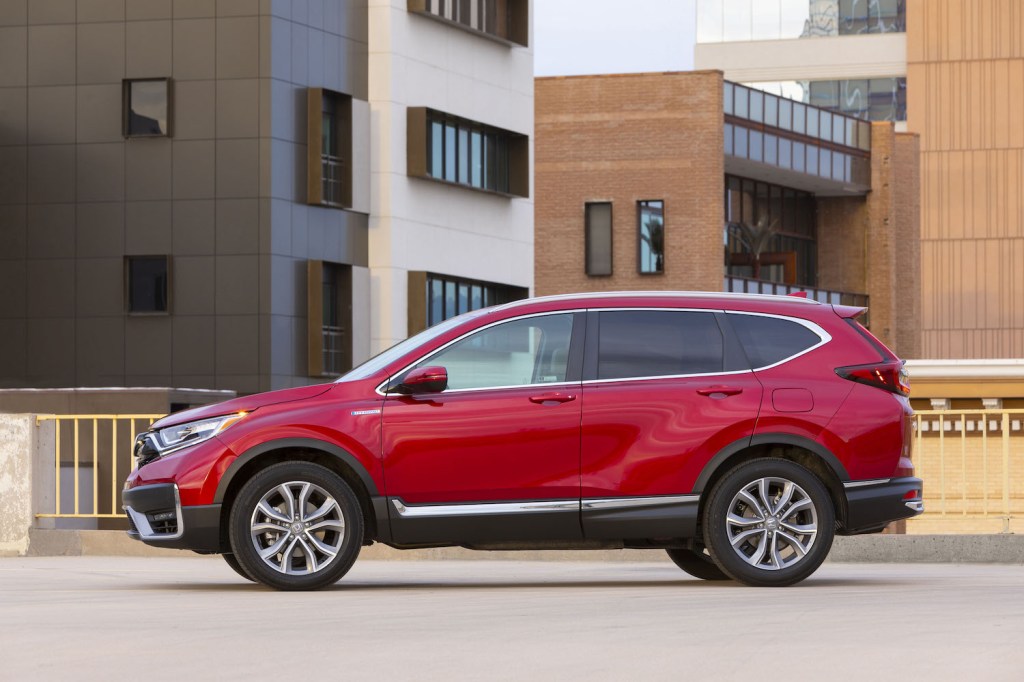
How Does Honda Sensing Work?
Almost every new car on the market today comes standard with a host of safety and driver-assist features. If you currently own – or are planning to buy – a new or slightly used Honda, then you have probably heard the term “Honda Sensing.” But what is Honda Sensing and how does it work?
What is Honda Sensing?

According to Honda, Honda Sensing is an “exclusive intelligent suite of safety and driver-assistive technologies designed to alert of things you might miss while driving.” Basically, the system is comprised of a few different cameras and sensors to keep your car within the lanes, the speed you set it at, and prevent it from running into other objects or pedestrians.
However, there are many different features that make up the whole suite, which could be a little confusing to some Honda owners and prospective buyers. As such, here is an explanation of each feature that you’ll find on every new Honda equipped with the Honda Sensing suite.
Adaptive Cruise Control with Low-Speed Follow
Adaptive cruise control is a lot like normal cruise control in the sense that it allows the driver to set the desired speed for their commute. The “adaptive” part of the feature means that the driver can set the distance between their car and the car in front of them. By doing this, the system will maintain a safe following distance relative to the speed the car in front is traveling.
“Low-Speed Follow” applies when the traffic ahead slows down to a crawl. In stop-and-go traffic, the low-speed follow system will apply the brake and accelerate the car automatically so that driver no longer needs to do the “traffic dance” (stop and go) during heavy commutes.
Road Departure Mitigation
The Road Departure Mitigation feature recognizes if your car is about to leave the road. The system uses a camera to identify the lane markers in the road and will warn the driver if the car is traveling outside of them. When that happens, the system will apply steering and brake force, if necessary, to keep the car in line.
Collision Mitigation Braking System
The Collision Mitigation Braking System (CMBS) scans the road ahead while you drive and will alert the driver audibly and visibly if it determines that there could be a potential crash. If needed, the system will apply some brake pressure for assistance with stopping.
Forward Collision Warning
This system gives the driver and audible and visual warning when it detects any obstacles ahead that the car can crash into.
Traffic Sign Recognition
Using a camera in the windshield area, the Honda Sensing suite will detect the speed limit on the road that you’re traveling on. This feature is especially handy when you’re driving on a road where the posted speed limit is not so obvious.
Cross Traffic Monitoring
When you put the car into reverse, the Honda Sensing system will detect whether a car or pedestrian is approaching on either side of the car. In the event that anything does approach, the system will audibly and visually warn the driver on the touchscreen display. This feature is available on select Honda models only.
Honda Sensing is not a substitute for driving
While all of the features in the Honda Sensing suite are put in place to assist drivers in their everyday commutes, they are not a substitute for actual driving. Also, certain features in the Honda Sensing suite may not function properly during heavy rainfall or snow. Check your car’s owner’s manual for more details.



